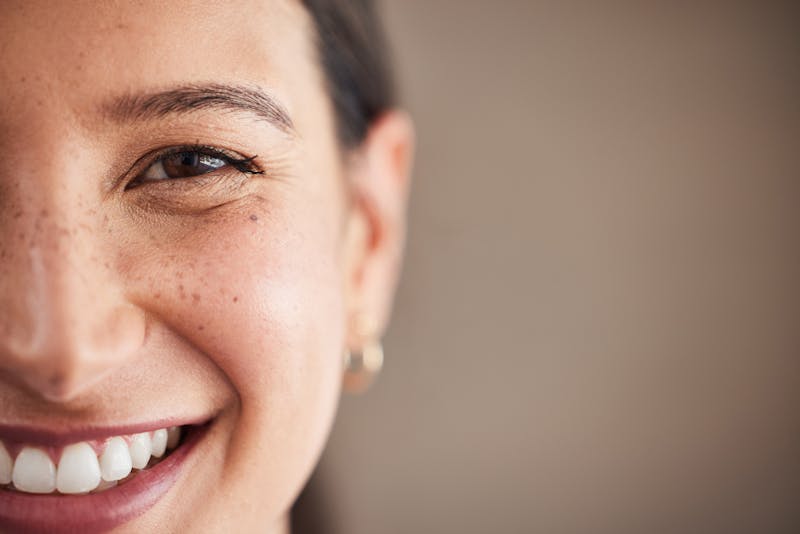Your Family Deserves the Best Care Book an Appointment
Your skin health matters, so don’t delay. Our clinicians look forward to treating you and your family at one of our local New England practices.
Find Your Nearest APDerm Center
Acne is one of the most common skin concerns, affecting people of all ages—not just teenagers. Whether you’re experiencing the occasional breakout or dealing with more persistent acne, understanding what’s behind it is the first step toward clearer skin.
What Causes Acne?
Acne develops when hair follicles become clogged with oil (sebum), dead skin cells, and bacteria. Several factors can contribute to this process:
1. Hormonal Fluctuations
Hormones—especially androgens—can increase oil production, which is why acne often worsens during puberty, menstrual cycles, pregnancy, or due to certain medical conditions like PCOS.
2. Excess Oil Production
Some people naturally produce more oil, especially in the T-zone (forehead, nose, chin), making them more prone to breakouts.
3. Bacteria
The bacterium Cutibacterium acnes (formerly Propionibacterium acnes) thrive in clogged pores and can trigger inflammation, leading to red, painful pimples.
4. Diet and Lifestyle
Emerging studies suggest high glycemic diets (think sugar and processed carbs) and dairy may worsen acne in some people. Stress, lack of sleep, and poor skincare habits can also contribute.
5. Cosmetics and Skincare Products
Using pore-clogging or comedogenic products can exacerbate breakouts. Always opt for non-comedogenic labels and consult your provider if unsure.
Types of Acne
Acne isn’t one-size-fits-all. Understanding the type you’re dealing with helps determine the best treatment:
Treatment Options
Thankfully, acne is treatable—and today’s options are more advanced than ever.
Topical Treatments:
Oral Medications:
In-Office Treatments:
When to See a Dermatologist
If your acne isn’t improving with over-the-counter products, is leaving dark spots or scars, or is affecting your confidence, it’s time to seek professional help. A board-certified dermatologist can create a personalized treatment plan that works with your skin and your lifestyle.
Clearer Skin Is Possible
Acne can be frustrating, but with the right care, improvement is within reach. Whether you're battling occasional breakouts or more persistent acne, our team is here to help you find relief and restore your confidence.